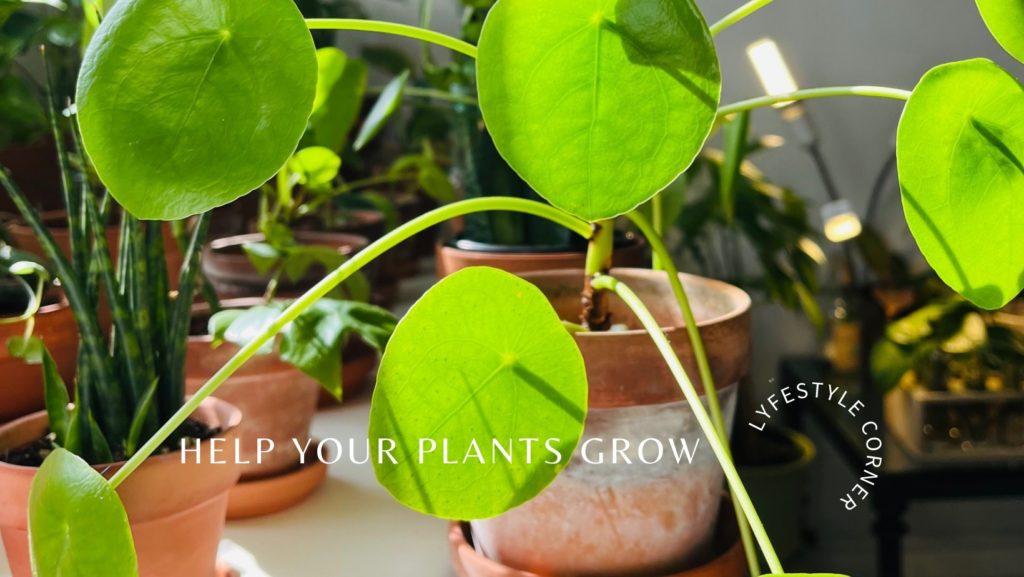
Help your plants grow with these five products that are affordable and easily accessible.
I started my plant journey at the beginning of the pandemic as a way to connect with nature and bring it into my home. Prior to that I had only ever had aloe and bamboo plants from Ikea that I didn’t know how to properly care for.
Caring for plants is an incredible slow living hobby that keeps you connected to nature. One of my favourite quotes is – “Nature does not hurry, yet everything is accomplished.” For a collection of my favourite slow living quotes click here.
Fast forward almost 2 years later and there are some things that I wish I had known then. The biggest takeaway I have learned from this journey is that you can learn to do anything.
Some people remark that they are incapable of taking care of plants. Well I am here to beg to differ. If you are struggling to take care of your plants or don’t believe you have what it takes to be a plant parent, please read on… The following 5 products can take anyone from “incapable” to a plant parent.
The best part of this list of products to help your plants grow is that everything is affordable and can easily be purchased online from Amazon prime. These are all products that I personally use to keep my indoor jungle thriving.
My top five products to help your plants grow include:
- moisture meter
- grow lights
- fertilizer
- humidifier
- moss poles
If you are interested in seeing more plant content or have any questions, please let me know in the comments below.
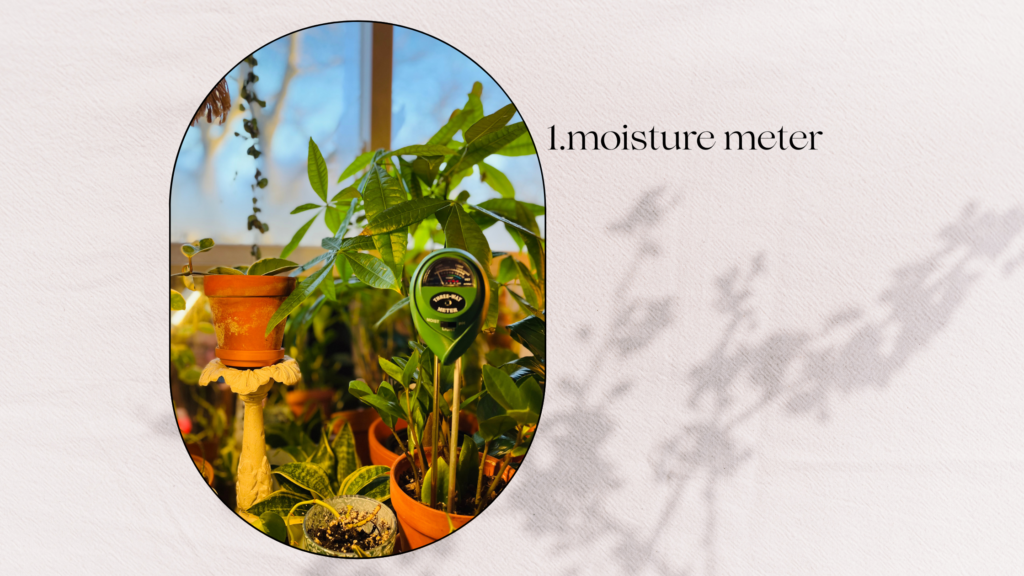
1. Moisture Meter to Help your Plants Grow
One of the leading causes of plant death is over or under watering. Sorry for the dramatics. A moisture meter will help to ensure that you are satisfying your plants watering needs. This tool also works as a light and PH meter.
The correct watering is key to helping your plants grow.
When you are first beginning your plant journey and only have a few plants you can use your finger to gauge whether to water your plant or not. Start by sticking your finger a couple of inches into the soil and removing it. If the soil is sticking to your finger this indicates that the soil is already wet and you can skip watering today. If no soil sticks to your finger then this is likely an indicator that your plant is thirsty and you should water today.
However, once your plant collection starts to expand then it will become impractical to stick your finger into the soil of that many plants. This is where the moisture meter comes in. Simply set the meter to “moist” and stick it into the soil. Determine from the meter reading whether you need to water or not. This meter comes with a guide the details the ideal moisture levels for various plant types. Whenever the dial is far to the left side, indicating very dry, I will go ahead and water my plants.
The meter is particularly helpful for large plants so that you can get deeper into the soil as compared to your finger. The top layers of the soil will dry out faster than the middle/bottom of the plant, so you need to ensure you are going deep enough to gauge the actual moisture level. I also find that larger plants hold on to water for longer which leads to less frequent waterings.
I bought this meter about 6 months into my plant journey and I wish I bought it sooner. Save yourselves from root rot and shrivelled up plants by removing the guess work. Do you currently use a water meter?
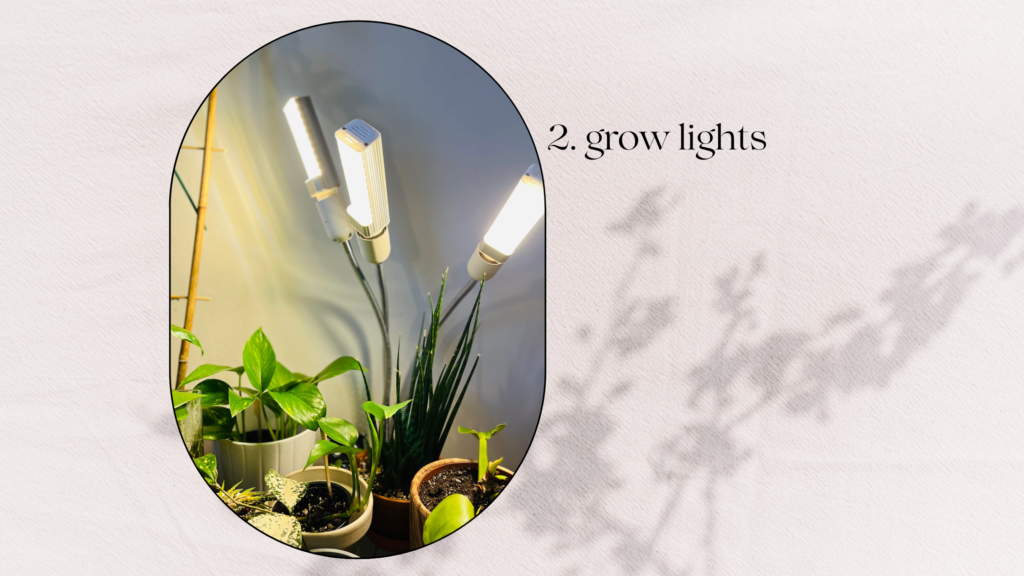
2. Grow lights
Another leading cause of plant death is insufficient light. Different plants have different lighting requirements. However, there is no plant that needs no light and if someone tries to tell you that, please do not believe them! Think of where plants naturally grow and we must do our best to mimic these natural conditions in order for plants to truly thrive.
My house only receives sufficient sun light in two spots. Now that my plant collection has expanded to exceed the space of those two spots, I have plants in less ideal lighting conditions. So I have to supplement for the lack of sunlight with grow lights.
These particular grow lights allow you to change the intensity of the light – I always keep it at the brightest intensity. You can also set these lights on a timer so that they automatically turn on and off at certain intervals.
There are sooo many options of grow lights to choose from on Amazon. I personally purchased this set about 1.5 years ago and it is still going strong. The set actually came with an offer – if I left a review on Amazon then they would send me another unit for free. I was sceptical at first, but sure enough I received a second light for free!
Grow lights will give your plants the light they need to not only survive but to thrive. Don’t forget to rotate your plants as well, so that all sections of the plant are receiving equal light.
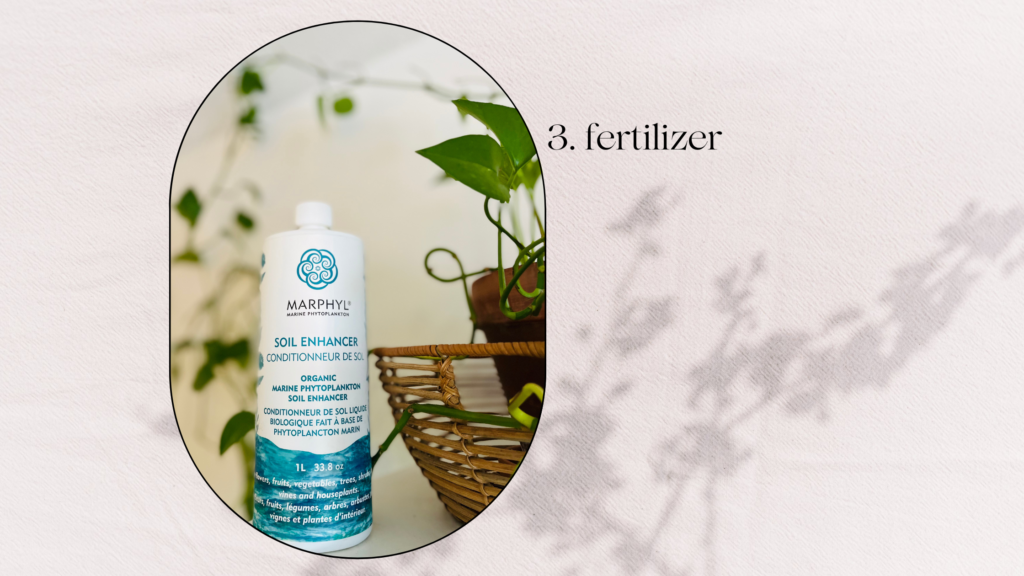
3. Fertilizer to Help your Plants Grow
Plants depend on a lot of nutrients to stay healthy, that they normally get from nutrient dense soil in nature. The soil we keep our house plants in just can’t compare to the soil in nature where tropical plants naturally grow. Therefore, we must use fertilizer to give our plants the nutrients they need to keep growing.
There are varying recommendations on how often to fertilizer. A lot of people will recommend to only fertilizer during the growing season (summer). Even though I live in Canada, I try to mimic tropical plant natural conditions as much as possible (warmth, light, humidity, etc.) and so every season becomes the growing season, even if they are indoors.
I mix about 4 caps into a 4 litre jug of water. The bottle will detail instructions which I encourage you to follow. I recommend not using this fertilizer at every single watering but every other watering (with the ratio I follow). Too much fertilizer can burn the roots of your plant and kill it. A tip that I have read is to wet the plant first with normal water and then to water again with fertilizer water. I am normally too rushed/short on water to do this. But you could give it a try as it is said to help decrease the risk of burning the roots. So far, I have not experienced any root burning.
Fertilizer makes a huge difference in plant growth as it gives plants the nutrients they require to be able to grow big, strong and beautiful. Don’t deprive your plants, but let them thrive!
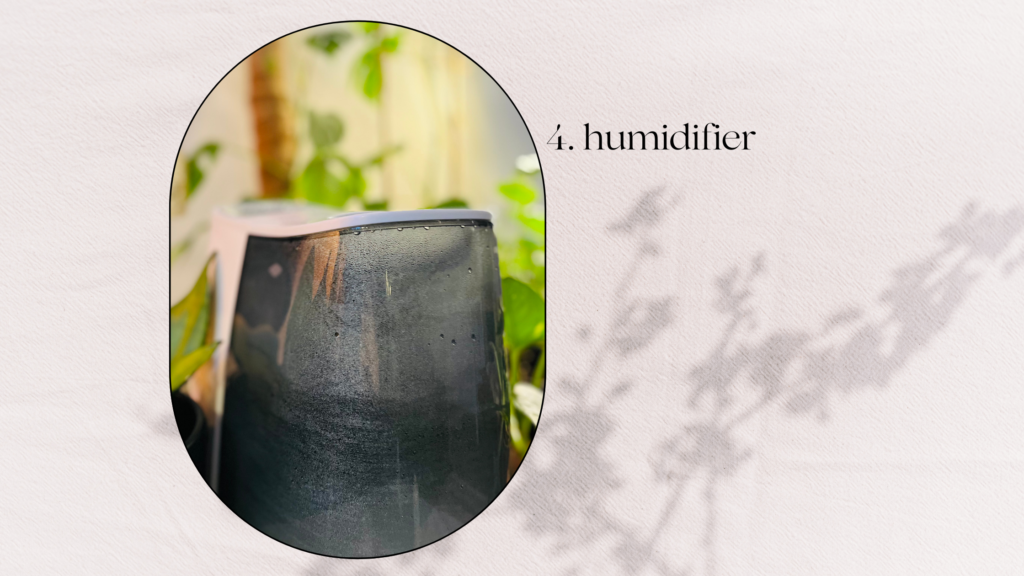
4. Humidifier to Help your Plants Grow
A humidifier is sooooo key depending on your climate. I am in Canada, so the furnace stays on all winter, which makes for a very dry house. In order to compensate for this, I use a a humidifier around my plants to help them grow.
I try to re-use water collected from the dehumidifier in the basement, distilled water or melted clean snow. This helps to avoid water marks being left on your plant leaves from running the dehumidifier if you are in a location with hard water like I am. Sometimes this isn’t always practical though and that’s okay.
You will notice a big difference from regular use of a humidifier in your plants because think about it… most of your tropical plants likely originate from very humid conditions. If we want our plant to thrive we need to mimic natural conditions and a humidifier is such an easy way to do this.
Running it everyday will yield the best results, but I don’t necessarily think of it every day. I try to do at least every other day and run it for a full tank of water. I keep the tank pretty close to the foliage.
This humidifier has two settings, a low and a high. The setting you choose will dictate how long the humidifier tank will last. I find the low setting is pretty weak, but sometimes the high setting is a bit too powerful. This particular model is a good size for my plant room. I keep the door closed to create a greenhouse effect.
Before running the humidifier, take inventory of the plants in the vicinity. If there are any succulent types that don’t enjoy humidity, remove them.
Practicalities aside, if you have a plant room, running the humidifier in there creates such a relaxing environment and vibe. In find that a dimly lit plant room with the humidifier going is the perfect space from a long and stressful day.
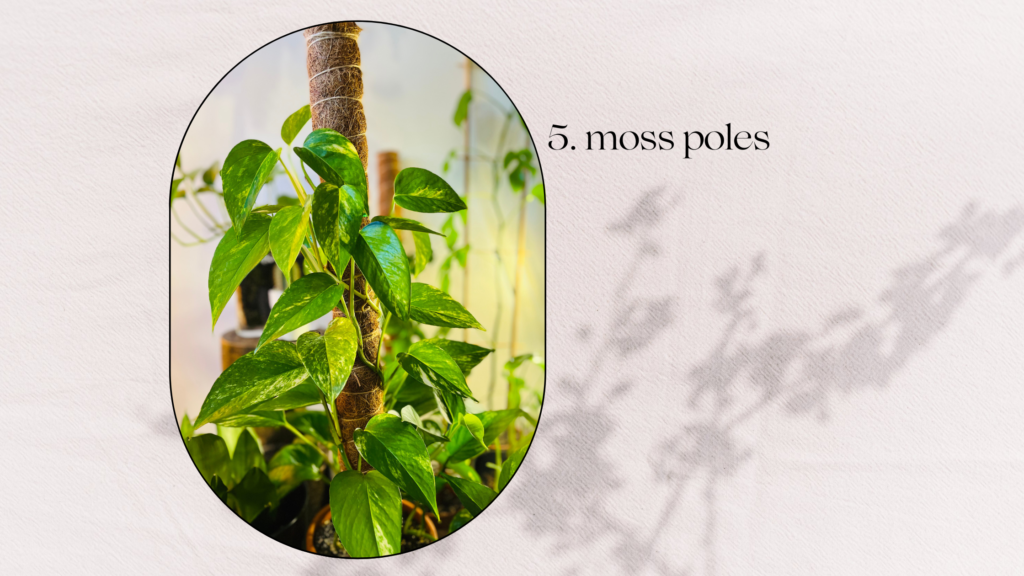
5. Moss Poles to Help your Plants Grow
I think a moss pole can be such a statement piece. If you have noticed throughout this post, I have been preaching to mimic natural environment conditions. Certain plants are “climbers” in their natural habitats.
For example, pothos and philodendrons use their aeriel roots to climb trees. The taller the plant climbs, the larger its leaves become. Seeing this in nature is such a spectacular sight as the plant leaves seem so grand compared to what we are used to.
I use coco coir poles from Amazon for some of my climbing plants, such as the golden pathos in the above picture. The set linked comes with 4 poles, that can be used individually or stacked on top of each other, depending on the length of your plant.
My hope is for the plant to grow big and tall with leaves the size of monstera leaves. I recommend trying some of your climbing plants on a moss pole to see how they react. Chances are they going to really love it and thrive.
Do you have any of your plants on moss poles? I would love to see pictures!
Plant “Parenthood”
Plant parenthood has its ups and downs. Don’t get down on yourself if you find a couple of yellow leaves (that can be completely normal) or even kill a plant. It happens to all of us!
I find each plant to be a learning experience. Some plants simply will not be able to thrive in your living conditions, maybe because it is too dark, too bright, too cold, too hot, etc. I suggest paying close attention to how different plant species react in your environment in order to fully understand the conditions you have present. Considering a plants needs before bringing it home will set you up for success.
These plant products have helped me keep alive my growing plant collection for almost two years.
Let me know in the comments below if you would be interested in part 2!
Happy growing everyone.
Everything up,
Jane
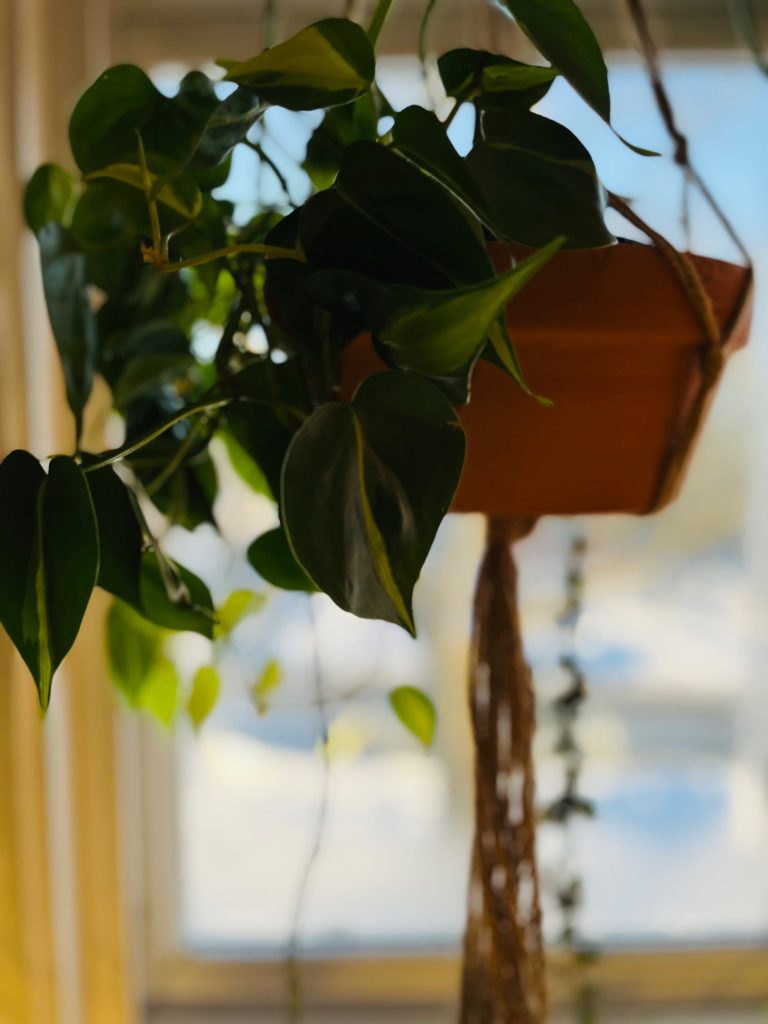
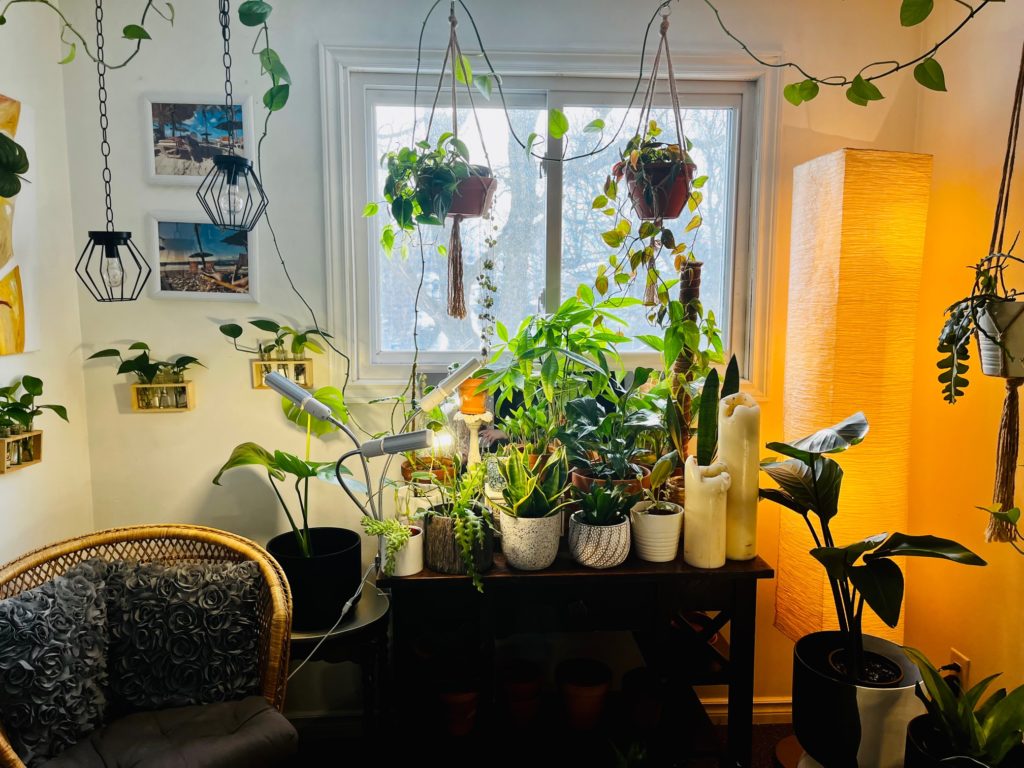
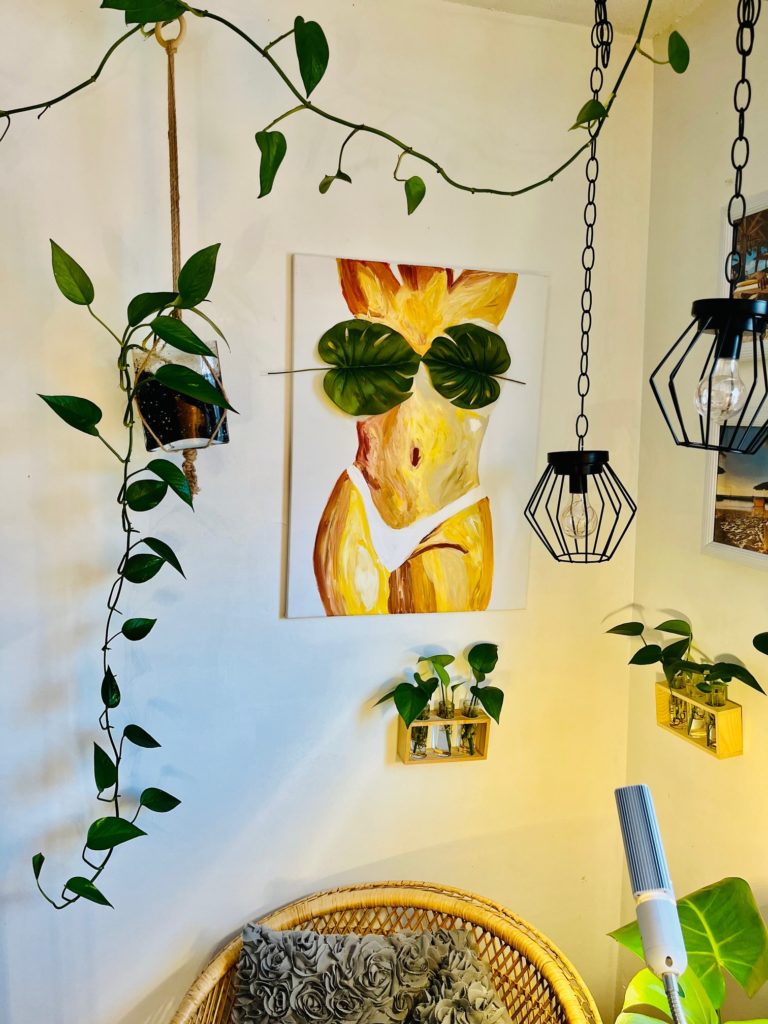
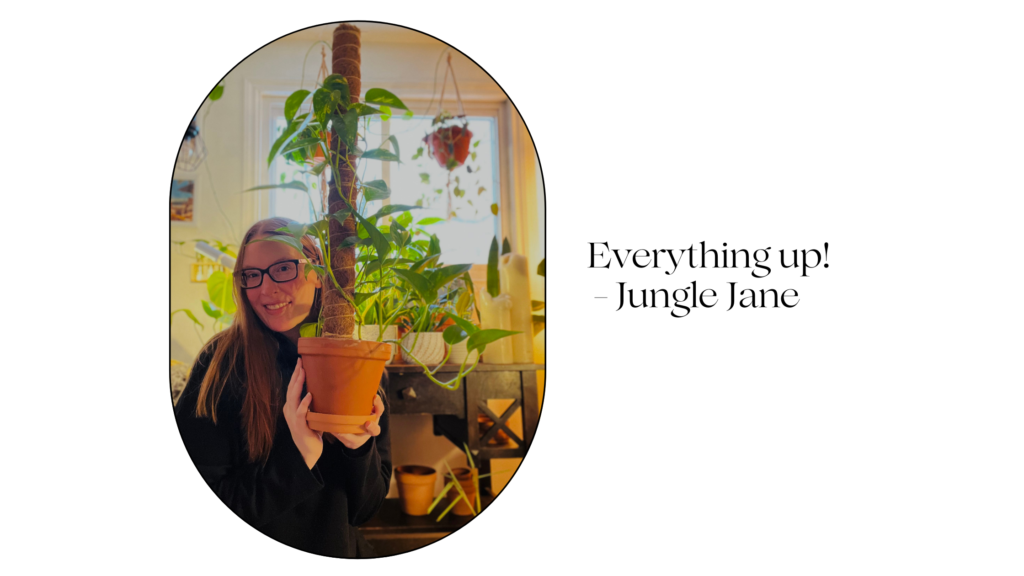
Leave a Reply